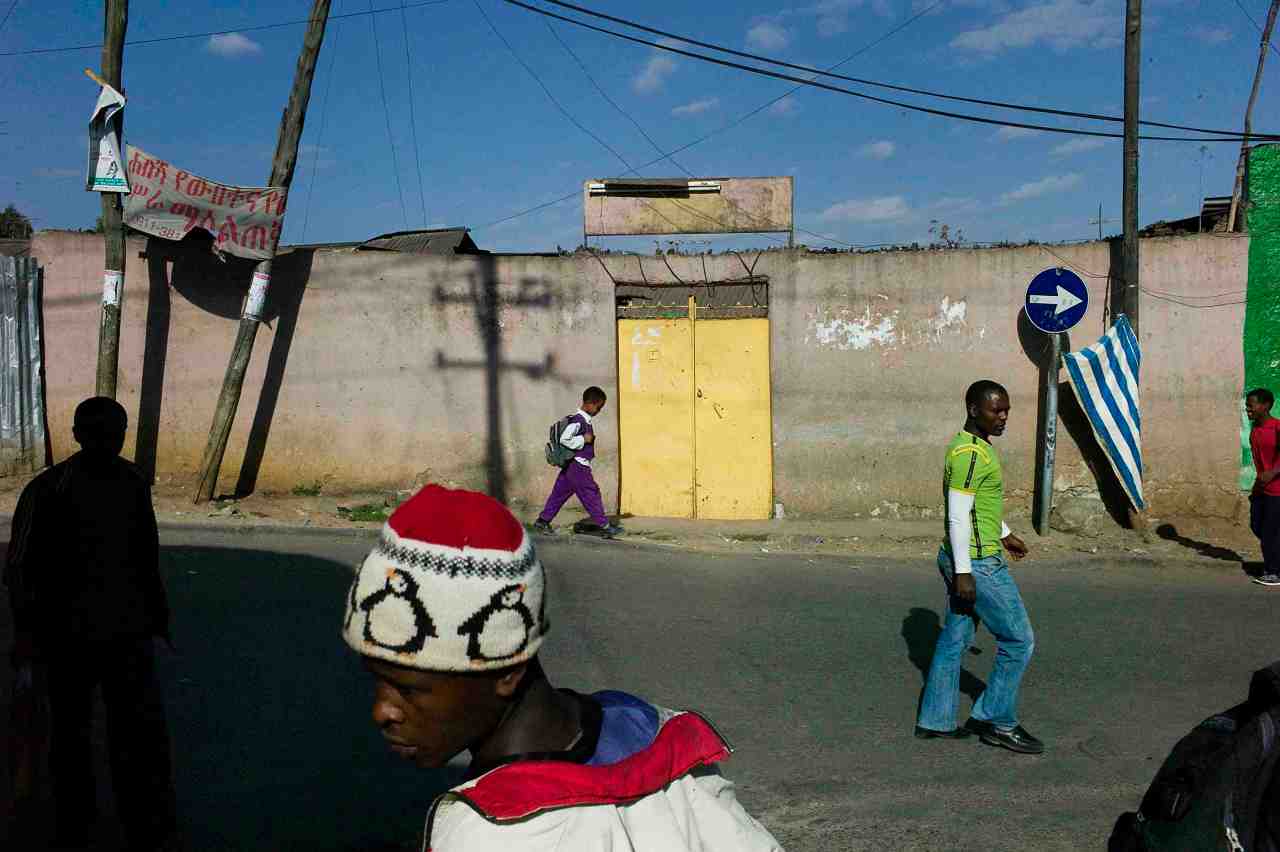Search this site
The Art of Street Photography Through the Lens of Magnum Photos


The street is common ground for the society writ large, perhaps the most free and open space in the world. It offers both a world of anonymity and community, for exhibitionism and voyeurism, engagement with or separation from the teeming masses. It is a world unto itself, with its own rules and its own codes, hard won lessons many discover when they find themselves in an unfamiliar zip code.
The street is the space where anything can happen, where fact is stranger than fiction. It is the place where drama and comedy, romance and tragedy play out. It can feel like home or an alien world, with its overwhelming sensations. It is the perfect place for a photographer wiling to hone their reflexes and test their skills, moments composing themselves without warning, disappearing just as quickly.
Street photography is one of the most beloved genres of the art. It is modernity asserting itself simultaneously in technology, environment, and subject. As an extension of the city, the street has grown in power with the passing of each decade, it’s siren-like call rousing people from the suburban and rural realms where there is not so much as a sidewalk because no one ambulates.
For members of Magnum Photos, the street has long been a proving ground: a place they could always step into the flow of action and capture life unfolding before their eyes. In the new book Magnum Streetwise (Thames & Hudson), editor Stephen McLaren brings together some of the best works made by the cooperative over the past 70 years, exploring the continuums of urban life that exists across time and space.
Featuring works by Bruce Gilden, Martin Parr, Alex Webb, Susan Meiselas, Inge Morath, Bruce Davidson, and Sergio Larrain, to name but a few Magnum Streetwise is a fascinating compendium of photographs that reveal just how fascinating the world can be when you know where to look. So much of these images is about seeing people lose themselves, momentarily forget they are in public and allow the mask to slip.
“A good photograph must have the element of good design: everything within the photograph has to be essential. It’s never like a painting where you can have it perfect. That would kill it,” Brooklyn native Leonard Freed observed.
Indeed, one of the great pleasures of street photography is in its ability to preserve sheer happenstance – something that would lose its edge it if were overly thought out. What occurs as serendipity can be extremely subtle and emotionally intense, a powerful testament to the photographer’s highly attuned ability to stay present in the moment in order to perceive the vast array of human experiences playing out, sometimes unknowingly to the protagonists themselves.
“My lifetime’s work as a photographer has depended on not having an agenda,” Chris Steele-Perkins says. “I’d rather be out ad about with ordinary people and look around and see what’s happening, rather than confirm a thesis that’s already been worked out. I’m also happy with ambiguity in my photos; as that’s how life is. And I’m fine if that upsets people.”




